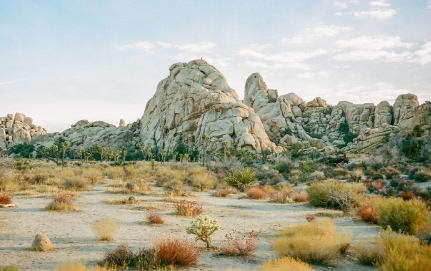The desert is home to some of the most unique and fascinating landforms on Earth. From towering sand dunes to rugged canyons, the desert landscape is a product of complex geomorphological processes that have shaped the land over millions of years.
Sand Dunes: A Dynamic Landscape
Sand dunes are one of the most iconic features of the desert landscape. These large mounds of sand are shaped by the relentless force of the wind, which carries grains of sand and deposits them in ever-changing patterns. Over time, the dunes can shift and change shape, creating a dynamic and ever-evolving landscape.
Canyons: The Result of Erosion
Another prominent landform found in the desert is canyons. These deep, narrow valleys are carved out by the erosive forces of wind and water over thousands of years. The sheer walls of canyons provide a glimpse into the geological history of the region, and offer a stunning display of the power of erosion.
Mesas and Buttes: Standing Tall in the Desert
Mesas and buttes are flat-topped hills that rise abruptly from the surrounding landscape. These landforms are the result of erosion and weathering processes that have carved away softer rock layers, leaving behind the harder, more resistant rocks on top. Mesas and buttes are distinctive features of the desert landscape, and provide a unique perspective on the geologic history of the region.
Salt Flats: The White Desert
In some desert regions, vast expanses of salt flats can be found. These barren landscapes are the result of evaporating water, which leaves behind a crust of salt on the surface. Salt flats are a unique and otherworldly sight, reflecting the harsh conditions of the desert environment.
Conclusion
The desert is a place of extremes, where the forces of erosion, weathering, and deposition have come together to create some of the most unique landforms on Earth. From towering sand dunes to rugged canyons, the desert landscape is a testament to the power of geologic processes in shaping our world. By exploring these landforms from a geomorphological perspective, we can gain a greater appreciation for the natural beauty and complexity of the desert environment.

